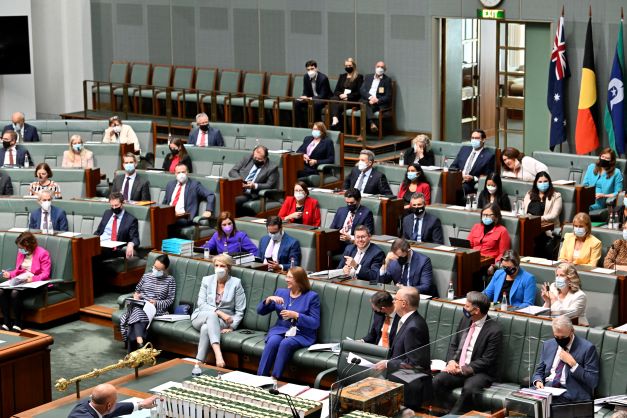Does the executive dominate decision-making in the Australian parliamentary system?
Thanks for your question. The Australian Constitution defines the 3 groups who have the power to make and manage Australian law: the Parliament, the Executive and the Judiciary. This is known as the separation of powers. The Executive includes the Prime Minister and ministers who have the power to put law into action. While most bills – proposed laws – are introduced by the government, only the Australian Parliament has the power to make laws for Australia.
The government side of the House of Representatives

Penny Bradfield/DPS AUSPIC
Description
The leader of the government is the Prime Minister, who stands and speaks at the main table in the House of Representatives. Members of the government sit in the 5 rows behind the Prime Minister. The government is the party or coalition of parties with the support of the majority of members of the House.
Permission should be sought from DPS AUSPIC for third-party or commercial uses of this image. To contact DPS AUSPIC email: auspic@aph.gov.au or phone: 02 6277 3342.